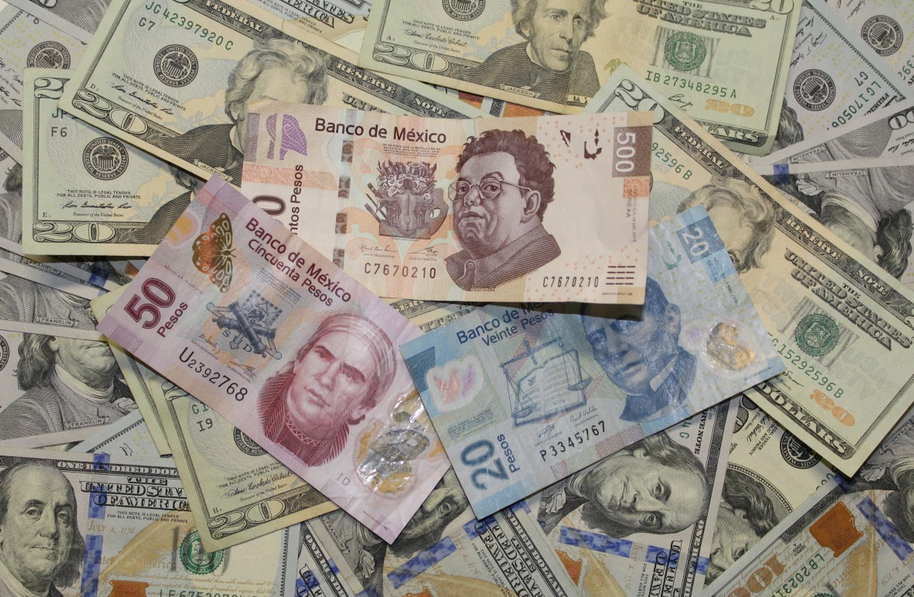On June 21 the Board of Governors of the Central Bank of Mexico will meet to decide the fate of the policy rate, we now expect them to hike +25 bps. In our view, the balance of risks to inflation deteriorated from the last meeting, pressuring Banxico to increase the policy rate to 7.75%, as MXN has been losing its shine. Last Friday we learned from the CME that the long peso non-commercial positions change to negative after peaking this year on April at 18 pesos per dollar (see Chart 1).
The right policy tool is a hike in rates compared to an outright intervention in the FX market. We judged that the current level of the MXN at 20.7 is fully explained by the general depreciation of emerging market currencies, and the increase in the size of the deviation between MXN and its peers relates to the recent rise in NAFTA and trade tariffs jitters (see Chart 2). In this context, an FX intervention will only be warranted if MXN level was out of context with current risks due to a speculative attack which is not the case.
The recent rout in emerging market currencies has proven to be more aggressive (and less temporary than previously thought) with those currencies perceived as their Central Banks being behind the curve. Standing out the Turkish Lira and the Argentine Peso, where their Central Banks were forced to hike since May to date 900 and 975 bps respectively. Also, India, Indonesia, and Philippines have hiked 25, 50 and 25 bps respectively. The market could well be starting to re-price the beginning of the year scenario of balance global growth benefiting emerging markets, to one where only the US growth is standing out. If this is the case, Mexico’s recent weak industrial production performance puts us at a disadvantage.
Even though we have argued that if something Banxico has been ahead of the curve, they will not want to miss an opportunity like this one to reaffirm their position. This is specially true when other risks particular to Mexico have increased, including the likelihood of the next administration negotiating NAFTA, the recently imposed tariffs on Steel and Aluminum, and the threat of the trade war escalating with direct consequences to inflation.
We believe Banxico will not miss this opportunity to reaffirm its ahead of the curve stance when the market is already pricing in the TIIE curve with more than 90% probability a 25 bps move in June. Also, the market is pricing +38 bps by August. With a +25 bps hike in June, Banxico will put itself in a better position to cover the new risks and the ones they have been more worried about related to a post-electoral dispute in case of a close outcome.
Column by Finamex, written by Guillermo Aboumrad, Chief Economist



